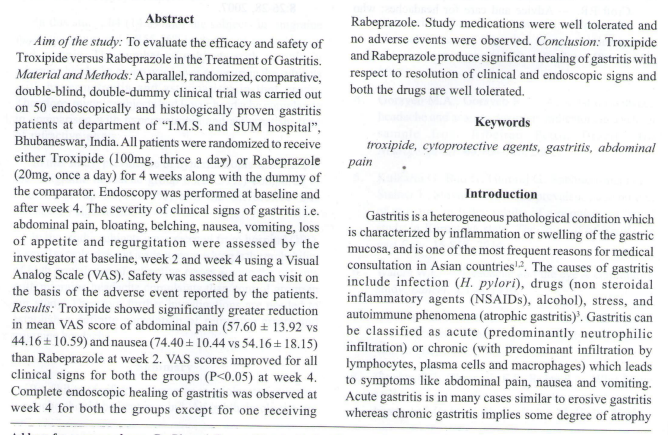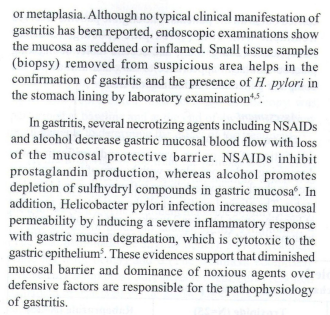Abstract
Objective: A post-marketing study of Netilmicin (NetromaxTM) in Indian pediatric patients to assess the safety and efficacy of the drug in various susceptible infections.
Method: The study was carried out by 129 pediatricians from across India in 10 states (Maharashtra, Delhi, Uttar Pradesh,Andhra Pradesh, Odisha, Chhattisgarh, Kamataka, MadhyaPradesh, West Bengal, and Bihar) from November 2011 to February 2012. A total number of 542 case report forms were collected and considered eligible for further analysis based upon the completeness of data. The disease profileof patients included bacteremia, septicemia (including neonatalsepsis), severe respiratory tract infections (RTI), intra-abdominalinfections (including peritonitis), kidney and genitourinarytract infections, skin and soft tissue infections, bums, bone and joint infections, wounds and perioperative infections.
Result: Demographic analysis showed the medianage of patients to be 13 months and median duration of therapy was 5 days. Intravenous route (IV) (n= 340) was preferred over intramuscular route (1M) (n=202) by the physicians. Netilmicin was administered in the therapeutic dose range depending upon the age and severity of the condition. The results revealed a favorable clinical efficacy and safety profile of Netilmicin. Clinical Improvement was observed in 98% (n=532) of patients among whom, clinical resolution (Defined as the absence of the infection) was achieved in 63% (n=343) patients. Whereas, partial improvement (defined as partial disappearance of original symptoms and no further requirement of antibiotics) was observed in 35% (n=189) of patients. Adverse events were reported in 11% of the entire study population and were mild in nature. There was no serious adverse event reported during the study period.
Conclusion: The present post-marketing study confirmed that at the given doses and duration of therapy, Netromax'?' exhibited remarkable antibacterial efficacy with no serious incidences of toxicity. Thereby giving evidence that Netromax TM treatment is safe and effective among the Indian pediatric population.


